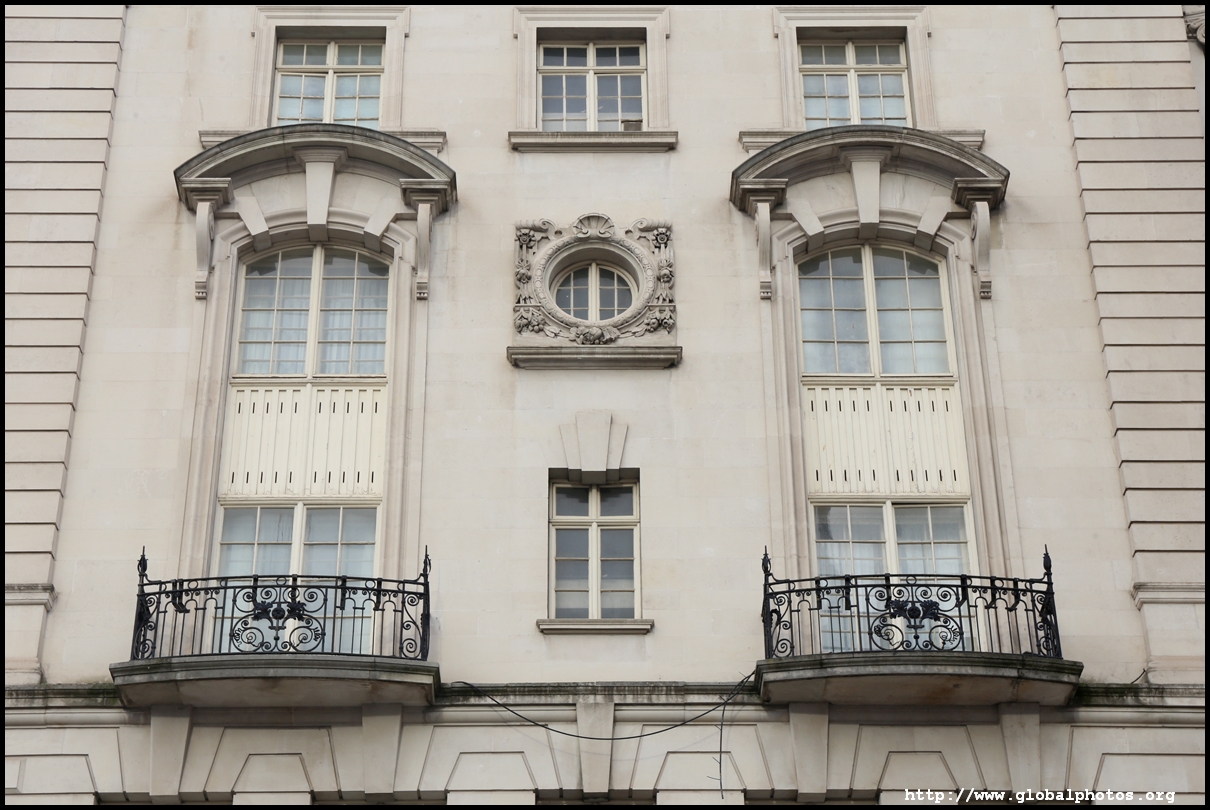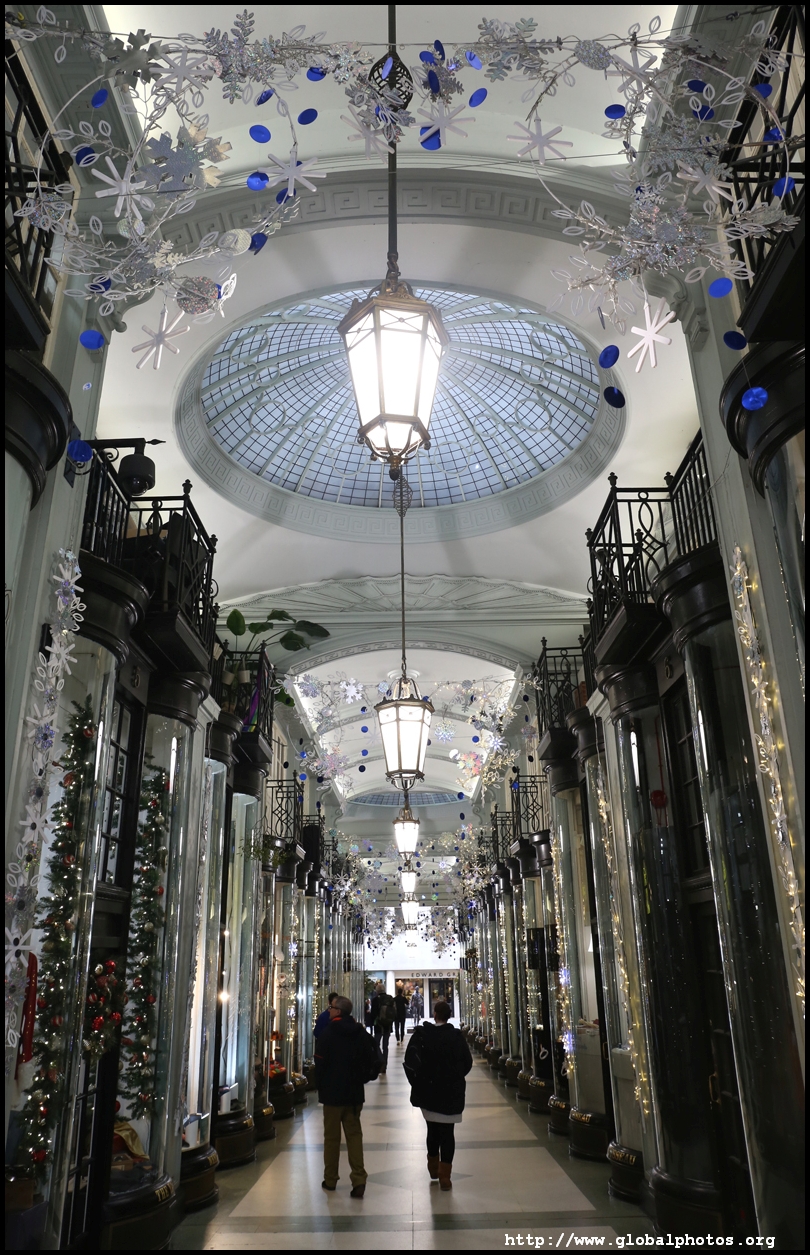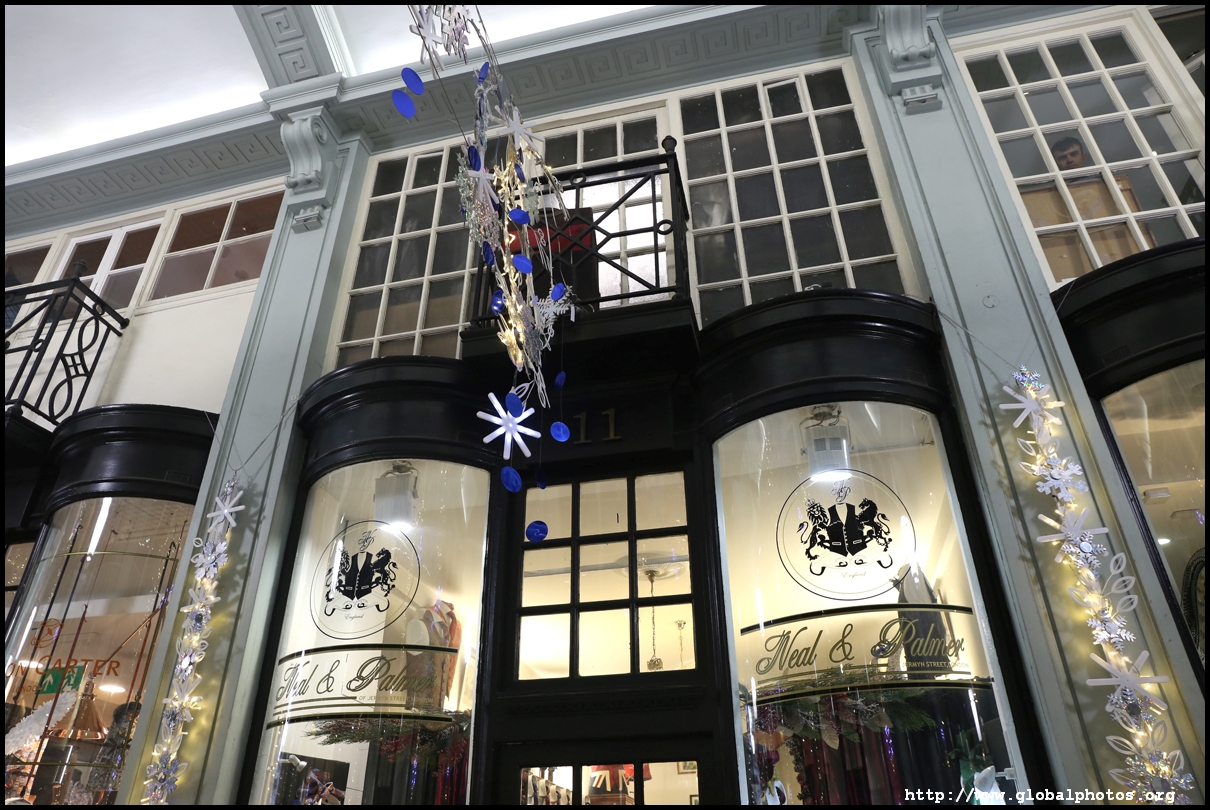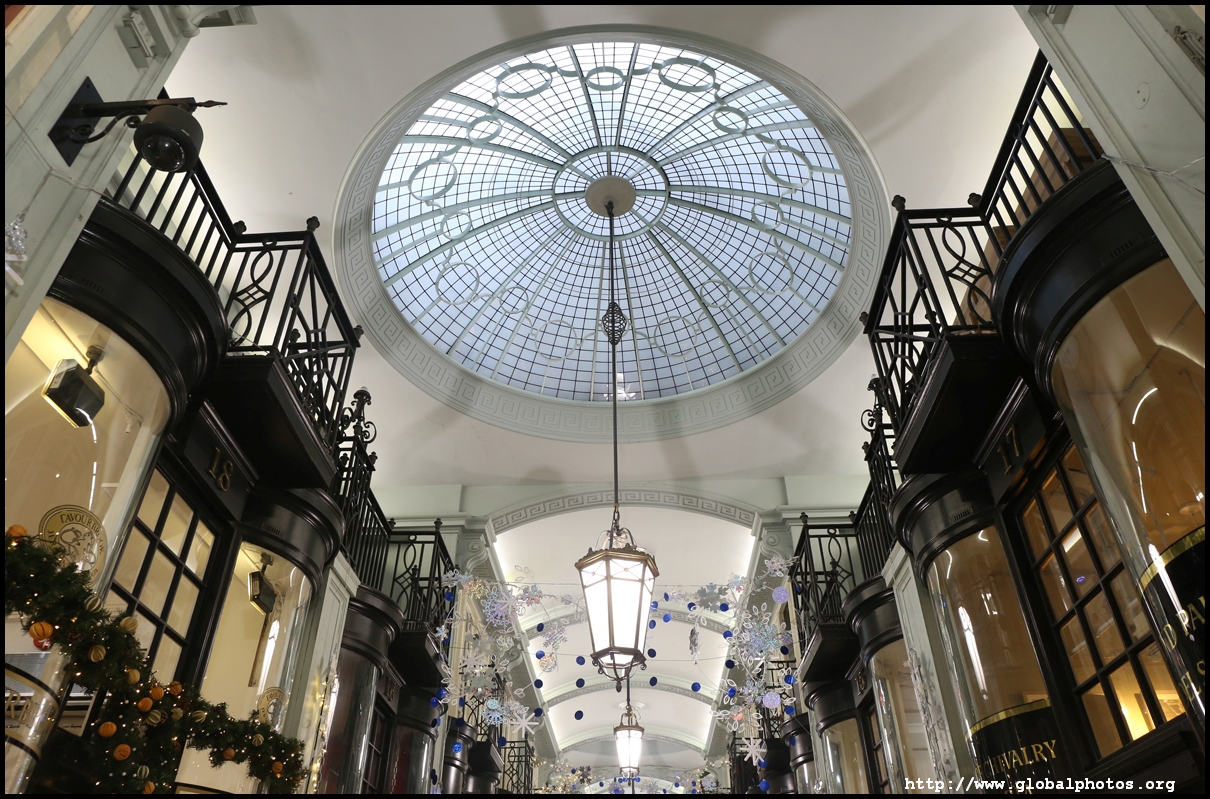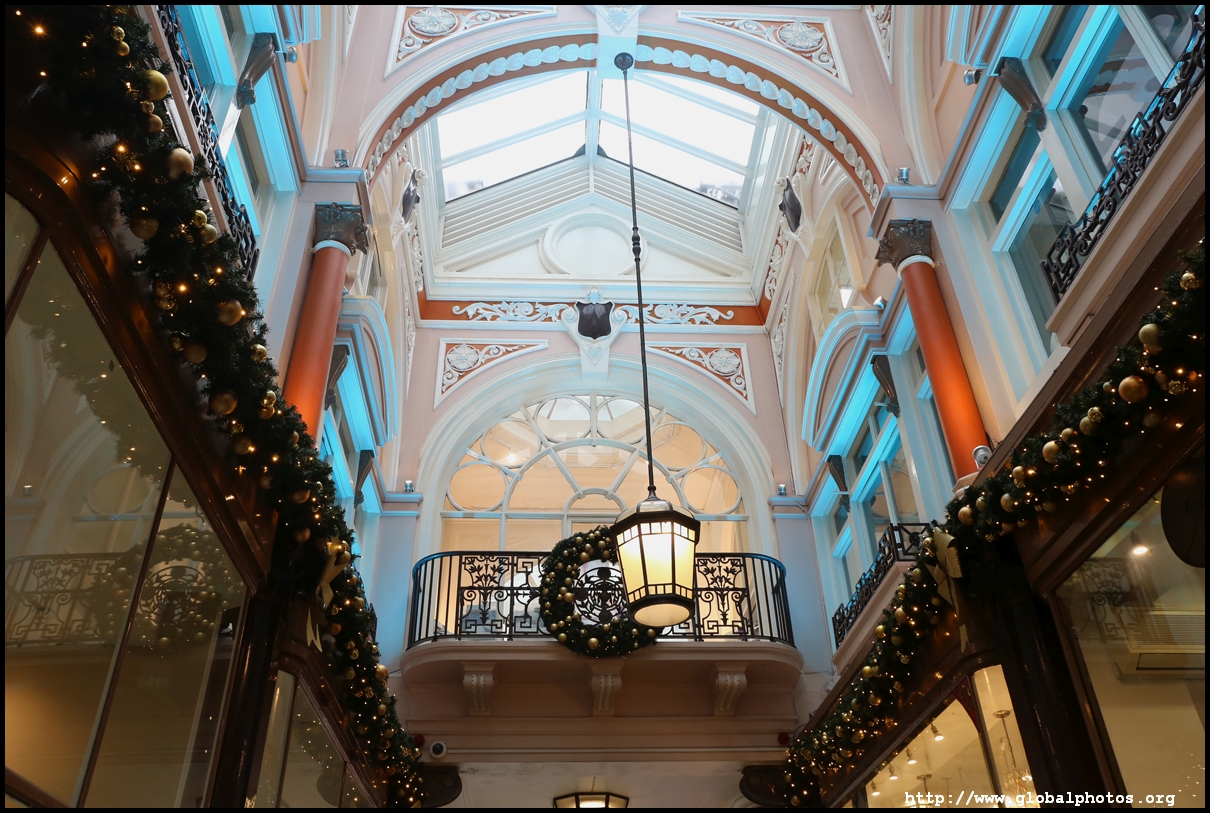London Photo Gallery - Mayfair's Luxury Shopping
Mayfair is a traditional upper-class residential district and with rich people around, luxury retailing would make a great pairing. It emerged as a residential suburb in the 18th century as London's first major planned development. Set in a grid street plan with squares and mews out back, the name Mayfair came from a 15-day fair that was discontinued in 1764.Heading west along Piccadilly from Piccadilly Circus, there are several covered shopping arcades with beautiful window displays that elevate the shopping experience to a new level.
The street is home to several 19th century arcades that were built to protect visitors from mud and horse manure. Prince's Arcade
Piccadilly Arcade
Built in 1819, Burlington Arcade is the first shopping arcade in the city. It is still London's longest with a wide range of luxury shops and its own little army of minders in coats who enforce the visitors' code of conduct. Don't whistle, sing, or carry large packages here.
Royal Arcade was built in 1879 connecting Old Bond and Albemarle Streets. The arcade was originally designed to extend all the way to Regent Street but was rejected due to the large-scale demolition and access restrictions to existing properties. Its Victorian features remain today.
Mayfair's side streets have no shortage of fancy shops geared for the upper class income band.
|
To re-use these photos, please notify me by email : asiaglobe@yahoo.com.hk.





